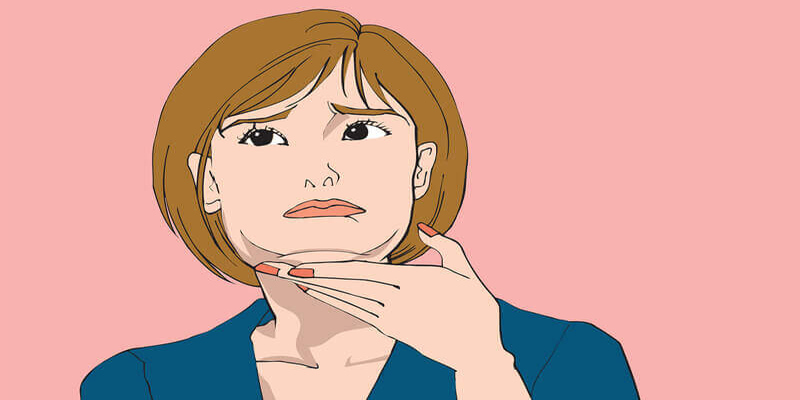Weight loss journeys are often filled with excitement at first. You follow your diet plan, stick to your exercise routine, and see the pounds drop week after week. But then, out of nowhere, the scale stops moving. This frustrating phenomenon is known as a weight loss plateau. Youre doing everything rightkeeping your routine consistent and maintaining your dietbut progress stalls. This article dives into why this happens and what steps you can take to push through it.
A weight loss plateau occurs when you stop losing weight despite maintaining your usual diet and exercise routine. To understand this better, its important to know how weight loss works. Initially, when you make dietary changes and increase physical activity, your body responds by burning fat. However, as your body adapts to this new routine, it becomes more efficient at maintaining its energy balance. In simple terms, your metabolism slows down as your weight decreases.
This is where the problem begins. When you lose weight, your body requires fewer calories to function because theres less mass to support. As your metabolism adjusts downward, the calorie deficit that initially helped you lose weight shrinks, making it harder to continue shedding pounds. Your body essentially hits a point where the energy youre taking in equals the energy youre burning, leading to a weight loss plateau.
Hitting a weight loss plateau can be frustrating, especially when you feel like youre doing everything right. Understanding the hidden reasons behind this stall can help you break through it. Heres a look at what could be holding you back:
It might seem logical that sticking to the same routine would keep delivering results, but our bodies thrive on adaptation. When you first start a workout plan or a diet, your body is shocked by the change, leading to fat loss. However, over time, your body gets used to these routines, which leads to diminishing returns.
The initial weight loss is often more dramatic because your body starts using its glycogen stores for energy. Glycogen is stored with water, so when its burned, you lose water weight too. Once these stores are depleted, fat loss becomes slower, and progress requires more effort. As your routine stays the same, your body adjusts, reducing the impact of the same exercises and diet.
Moreover, factors like your body fat percentage, muscle mass, and hormone levels all influence this process. As you lose weight, your body may hold onto its remaining fat more stubbornly, especially as your body fat percentage decreases.
One of the main reasons weight loss plateaus happen is due to metabolic adaptation. Your metabolism is dynamic and constantly changes based on your energy intake, activity level, and body weight. When you cut calories to lose weight, your metabolism adjusts by becoming more efficient at conserving energy. This is often referred to as "adaptive thermogenesis," a process where your body reduces the number of calories it burns during rest and activity.

As your metabolism slows down, what once was a calorie deficit that spurred weight loss can eventually become maintenance. This is especially true if you maintain the same calorie intake as when you started your weight loss journey. Over time, your body becomes more resistant to further weight loss, which is why the scale might not budge even though your routine stays the same.
Aside from biological factors, psychological and lifestyle elements also come into play. When people follow a consistent routine, they often become less strict as time goes on. This could mean more "cheat meals," slight increases in portion sizes, or less diligent tracking of food intake. These small changes can go unnoticed but add up over time, reducing the effectiveness of your overall plan.
Moreover, the stress of maintaining a rigid routine without seeing progress can lead to frustration and even a sense of hopelessness. Stress itself can increase cortisol levels, a hormone linked to weight gain, particularly around the abdominal area. Thus, stress management becomes an essential aspect of breaking through a plateau.
Since your body adapts to repetitive activities, one of the best ways to break through a plateau is by introducing variety into your workouts. If youve been focused on cardio, incorporate more strength training. Building muscle increases your resting metabolic rate, which can help counter the slowdown in metabolism. On the flip side, if weight training has been your main focus, adding in high-intensity interval training (HIIT) can provide a new challenge.
If youve been eating the same number of calories since you started, it may be time to reassess. As your body weight decreases, so does your calorie requirement. Consider revisiting your caloric needs and creating a new deficit by slightly reducing your intake. Alternatively, implementing calorie cycling or refeed days, where you alternate between higher and lower calorie days, can give your metabolism the boost it needs.

Sometimes, its not just about cutting calories but about what those calories consist of. Ensuring that your diet includes a good balance of protein, fats, and carbs can make a difference. High protein intake, for example, helps preserve muscle mass while you lose fat, preventing metabolic slowdown. Moreover, protein takes more energy to digest, adding a small boost to your calorie burn.
NEAT refers to the energy expended for everything you do that isnt formal exercise, such as walking, fidgeting, or even standing. During weight loss plateaus, NEAT often declines as your body conserves energy. Paying attention to these activitieslike taking more steps during the day or using a standing deskcan help increase your daily energy expenditure without needing drastic changes to your workout routine.
Hitting a weight loss plateau can be frustrating, especially when your routine stays the same, and youve been diligently following your plan. However, understanding the reasons behind these plateauslike metabolic adaptation, psychological factors, and the bodys natural inclination to maintain energy balancecan help you develop new strategies to push past them.
Whether its by varying your workouts, tweaking your diet, or managing stress, making these adjustments can get you back on track. Remember, weight loss isnt just about what the scale says but about overall health and how you feel in your body.

By Kristina Cappetta/Sep 02, 2024

By Isabella Moss/Sep 02, 2024

By Alison Perry/Sep 02, 2024

By Alison Perry/Oct 04, 2024

By Alison Perry/Sep 01, 2024

By Madison Evans/Nov 09, 2024

By Sid Leonard/Aug 24, 2024

By Korin Kashtan/Sep 02, 2024

By Noa Ensign/Sep 01, 2024

By Celia Kreitner/Sep 02, 2024

By Sean William/Dec 24, 2024

By Madison Evans/Dec 02, 2024